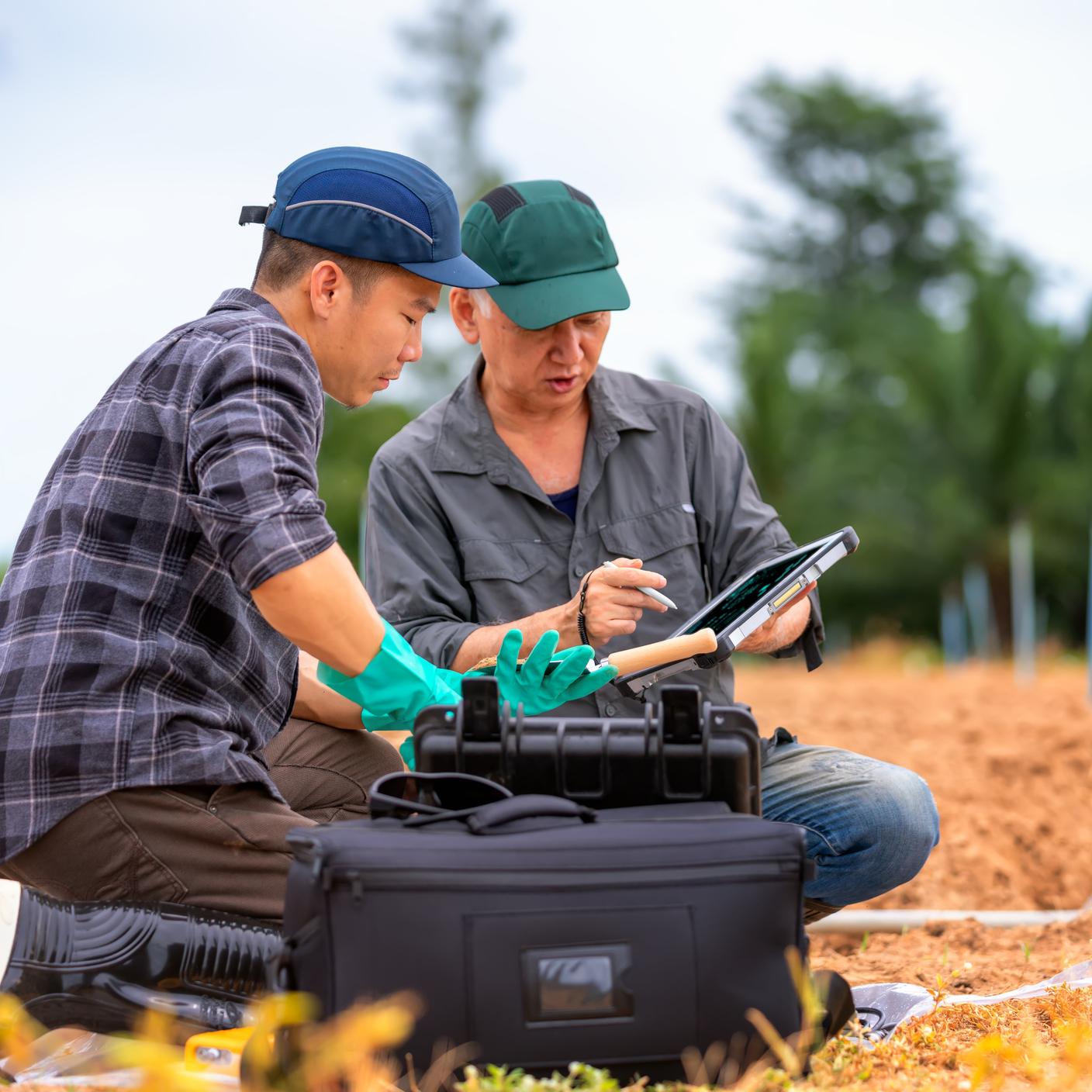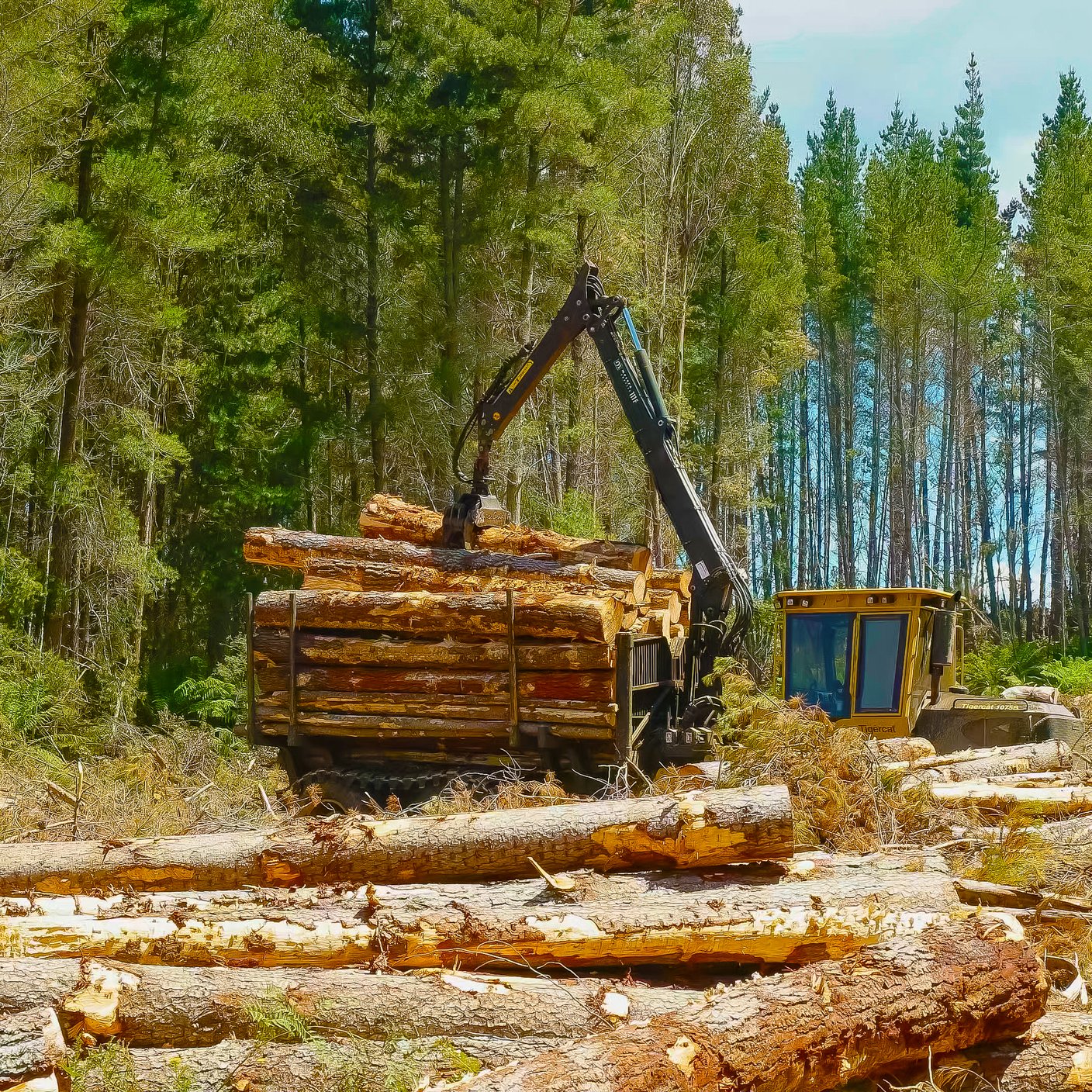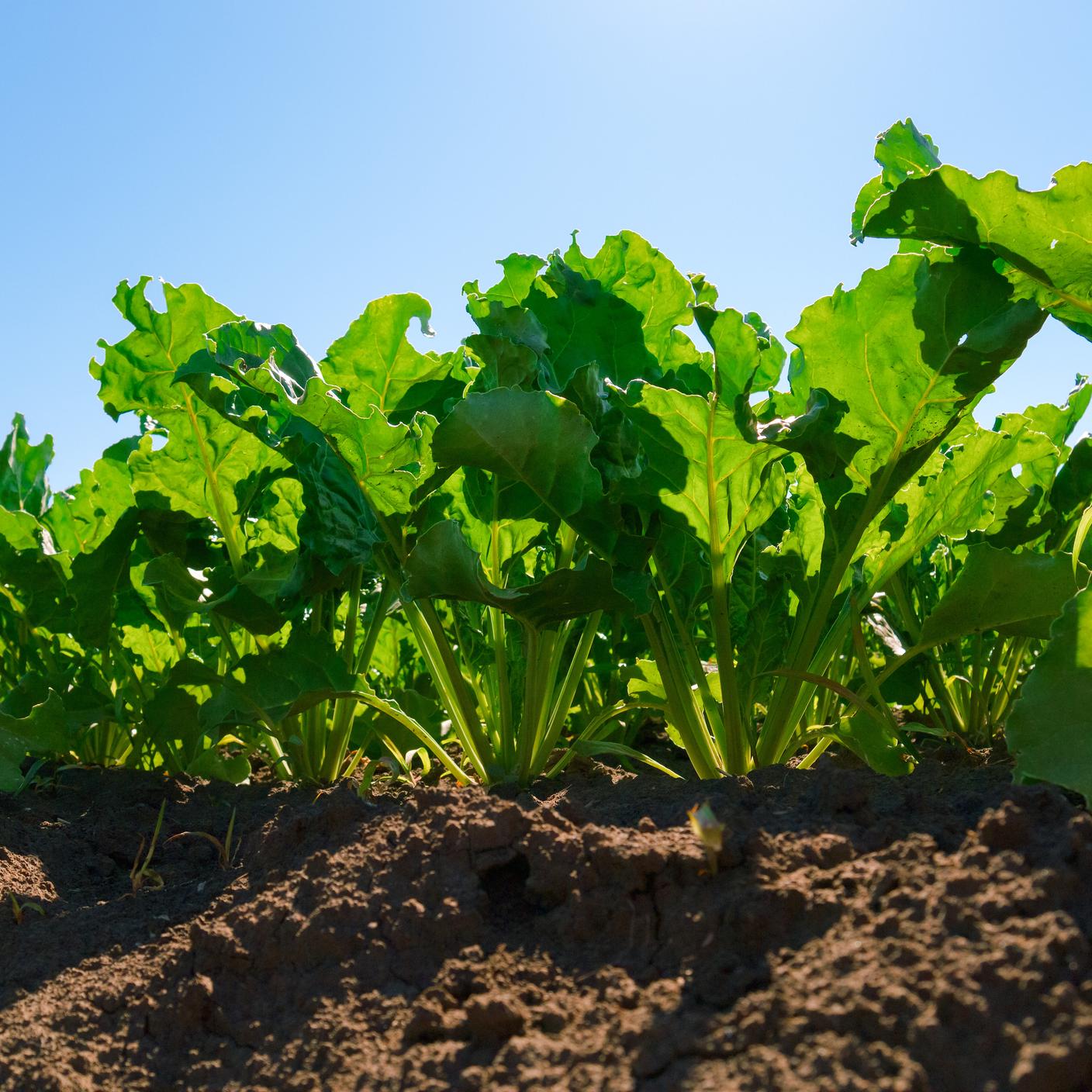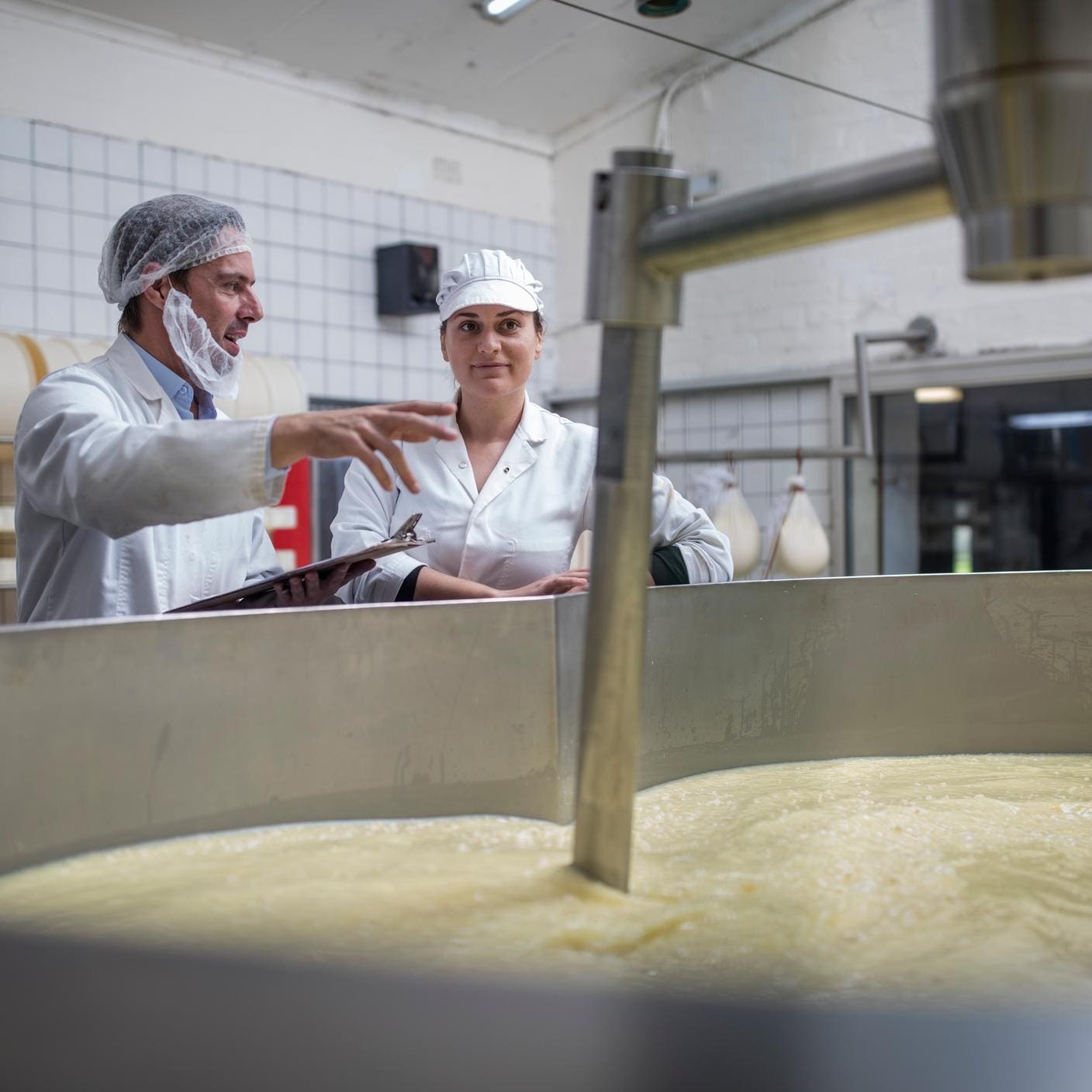Designing a circular food system
Our global food system needs fixing. While a third of the world’s population faces food insecurity, an estimated one-third of all food produced is wasted. At a time when climate change and biodiversity loss threaten the health of our planet, this staggering level of waste carries serious environmental consequences too.
When food is wasted, so are the resources that go into growing, harvesting, processing and consuming it. Each year, food loss and waste accounts for 8-10 per cent of global greenhouse gas (GHG) emissions. That is five times the amount produced by the entire aviation industry. And one-third of the world’s agricultural land is used to produce wasted food, accelerating deforestation and the destruction of diverse habitats.
This is an issue that affects the entire supply chain, from farm to fork. In 2022, the retail, foodservice and household sectors were responsible for around 1.05 billion tonnes of food waste combined. Almost one fifth of the total food available to consumers. With operational inefficiencies, such as poor forecasting and overproduction, creating environmental pain points, the foodservice industry accounted for 28 per cent of this waste.
There is a critical task ahead. How to transition toward a circular food system - one that minimizes waste, cuts emissions, recovers resources and maximizes nutritional value?
Global sustainability frameworks – such as the United Nations Sustainable Development Goals (UN SDGs) – provide a clear roadmap. SDG 12 for example focuses on promoting sustainable consumption and production patterns, targeting significant reductions in food loss and waste throughout the supply chain by 2030.
Internationally recognized standards, such as ISO 14001 for environmental management systems (EMS), offer further guidance. This standard supports the design and implementation of EMS that help organizations proactively reduce their environmental footprint, comply with legal requirements, and achieve sustainability targets. By setting out a framework for advancing the circular economy, the ISO 59000 series complements this - with shared vocabulary, guiding principles and methodologies for measuring and assessing circularity performance.
To meet these standards and achieve these ambitious goals however, innovation is required. Emerging technologies, particularly artificial intelligence (AI), offer powerful tools to understand key issues, as well as effective solutions to address them. AI-driven performance monitoring, predictive analysis and automated operations are providing a real opportunity to redesign our food system and contribute to the long-term sustainability of our planet.
Tackling food waste
Food waste is one of the most pressing challenges for the food and agricultural industries. Every year, millions of tonnes of edible food are discarded, driving up emissions and depleting natural resources. Worth US$1 trillion, this waste is impacting the bottom line too. In fact, for every $1 invested in reducing food loss and waste, businesses can expect a saving of $14. The incentive to act is clear.
When it comes to AI, the Food Standards Agency (FSA) has recognized food waste as an area with major potential for scaling new solutions in the UK food system. By integrating AI technologies into equipment, businesses can seriously boost operational sustainability.
Inventory optimisation
Poor forecasting and inventory management are responsible for significant waste within the foodservice sector. Dynamic systems, such as smart fridges, are addressing these challenges. AI-powered cameras monitor stock levels in real time, track use-by dates, and alert staff when items approach spoilage, facilitating dynamic pricing. Sensors within connected appliances can also generate valuable data, for example which items frequently go unused, helping to predict needs and refine forecasting. Some technologies even suggest recipes from leftovers to ensure they are used up. All these combine to reduce waste and operational costs.
Menu planning
AI is being used to analyze customer behaviour too, using sales data to optimize menu design and serving sizes. Considering 55 per cent of restaurant leftovers are edible, this has enormous promise. By analyzing which dishes generate the most waste and recognizing patterns influenced by factors like weather, operators can make data-driven adjustments to reduce excess food preparation and enhance customer satisfaction.
Precision cooking
Equipment embedded with AI sensors through the Internet of Things (IoT) can also monitor temperatures and key quality indicators during the cooking process and within front-of-house displays. If thresholds are exceeded, such as free fatty acid content in oils, the system alerts operators, helping to maintain optimal conditions. This, in turn, prevents quality issues - such as overcooked or spoiled food - which may lead to unnecessary waste. At the same time, it ensures adherence to ISO 22000:2018 for Food Safety Management, enabling providers to identify and control any hazards.
Waste tracking
For unpreventable waste, smart technologies are transforming how such food is tracked and managed. Bins equipped with computer vision and smart scales can automatically identify the type and quantity of waste thrown away. Not only does this support composting and recycling, but it also enables operators to identify the common sources of food waste, such as over-trimmed produce, and patterns for when it occurs. With added visibility, comes the ability to pinpoint problem areas and implement more targeted, effective waste-reduction strategies.
The benefits of AI extend far beyond the kitchen. New technologies are linking businesses with composting and recycling services, transforming organic waste into energy or fertilizer. Within the next decade, it is possible that we will see AI integrated across the entire food waste cycle, closing the loop in a truly circular system.
Further embedding AI
To build a circular food system, it is also essential to address the broader environmental impacts of the food and agricultural industries, from energy use to non-food waste. AI can help to optimize these areas too.
Reducing emissions
Roughly one-third of all human-caused GHG emissions are linked to our food system. While reducing food waste can go some way to tackling this issue, energy use, for example during storage and preparation, needs to be considered. Within the foodservice sector, operators are navigating standards including the TM65 embodied carbon reporting methodology, which covers emissions from mechanical, electrical and plumbing engineering products used in buildings.
AI appliances – such as smart ovens, fridges, and dishwashers – can track energy use in real time. They can also adjust consumption, as required, cutting down unnecessary emissions without compromising performance. A smart fridge, for example, might reduce cooling intensity during off-peak hours. Smoothing out consumption spikes allows businesses to reduce their carbon footprint, maintain compliance with standards, at the same time lowering energy costs.
Less waste
From packaging to discarded menus, the restaurant industry produces about 660,000 tonnes of non-food waste. Broken appliances, in particular, can be tricky to recycle. More can be done to prevent equipment failure and extend the lifespan of critical components.
The foodservice industry is embracing AI-powered predictive maintenance, using advanced sensors and machine learning to monitor equipment condition, detect issues and targeted maintenance before failures occur. Members of the Foodservice Equipment Association (FEA) are leading this change, integrating AI technologies into maintenance packages to help operators avoid costly downtime and minimize waste.
Beyond this, data collected and analysed using AI can provide insights that inform the design and adoption of more sustainable equipment and packaging. By understanding how equipment performs under real-world conditions, as well as what materials are being wasted, manufacturers can develop more durable, repairable, and reusable products, accelerating the transition towards circularity.
Sustainable supply chains
Many foodservice businesses are naturally focussing on their own operations, however it is important to look at sustainability across the entire supply chain too. This can be easier said than done. Yet, ISO 20400:2017 for Sustainable Procurement provides guidance on how organizations can build responsible sourcing into their mindset, contributing to the UN SDGs in the process.
Using AI, businesses can trace and assess the origins of materials and products with much greater accuracy and transparency than ever before. AI-powered supply chain assessments verify whether inputs come from sustainable sources, identify risks, and make informed recommendations that drive more responsible procurement practices. For managing Scope 3 emissions - which can be notoriously tricky to measure - this will prove invaluable.
Building a circular food system will only be possible if we promote greater accountability and resilience throughout the supply chain.
Overcoming the barriers
Integrating AI is not without its challenges. For all its benefits, it is impossible to ignore the environmental cost of the data centres built to power these new technologies. A new large data centre requires the equivalent electricity to 750,000 homes. Their considerable energy and water use raises questions about how these impacts will be balanced. We are however seeing examples of data centres that have been incorporated into district heating systems, ensuring that excess heat is recovered rather than wasted. Organizations like BSI continue to apply their expertise to understand how we can meet demand for data sustainably.
Perhaps the biggest barrier for foodservice operators is the upfront investment cost associated with AI technologies, especially for small and medium-sized enterprises. Still, there are now many cloud-based platforms designed to integrate seamlessly with existing systems, providing access to advanced AI overcoming the need for expensive hardware. As industry and consumers benefit from reduced waste, lower energy costs, improved operational efficiency, and enhanced compliance, the return on investment is clear.
However, digital skills shortages may hamper the deployment of AI systems. Kitchens are typically hands-on environments, where creative instinct and experience play an important role. Success depends on everyone feeling informed, supported, encouraged and above all empowered to engage with new technologies. Training and transparency - explaining how AI will enhance, not replace, human roles - will help organizations bring whole teams along on their journey.
When it comes to long-term sustainability, the benefits of using AI in foodservice far outweigh the risks. Addressing environmental concerns is now a business imperative. Increasingly, companies are asked to demonstrate credentials during tender processes, for example how they are addressing UN SDGs. AI monitoring and reporting systems provide the transparency needed to meet those expectations.
Consumers, too, are raising the bar. BSI’s research reveals that 66 per cent believe the food sector should prioritize circular practices in production. Gen Z is more willing to spend on products and services that can demonstrate genuine, verified sustainability – for example through compliance with international standards and validated with the BSI Kitemark™ mark of trust.
We must reimagine the ways food is produced, processed, distributed, and consumed by embracing a circular supply chain model. Integrating AI-driven technologies into foodservice equipment will play a pivotal role in this transformation, helping to minimize waste, streamline operations, and support smarter decision-making. Not only will it support a healthier planet, but it also presents a significant opportunity to align sustainability goals with commercial outcomes, leading to long-term business success. FEA and BSI can help companies navigate this journey, providing the expertise to turn ambition into action.
Boost sustainability using AI with the support of FEA and BSI.
About Foodservice Equipment Association (FEA)
The Foodservice Equipment Association (FEA) is the foremost foodservice sector membership association within the United Kingdom. FEA stands to influence, inform, and involve the entire UK foodservice equipment supply chain, ensuring that their members benefit from the highest-levels of representation in the UK, Europe, and globally.
FEA's membership encompasses the full spectrum of entities involved in the foodservice equipment industry. This includes manufacturers, importers, distributors of both light and heavy equipment, and service providers.
For more information about the FEA please visit FEA.org.uk.







